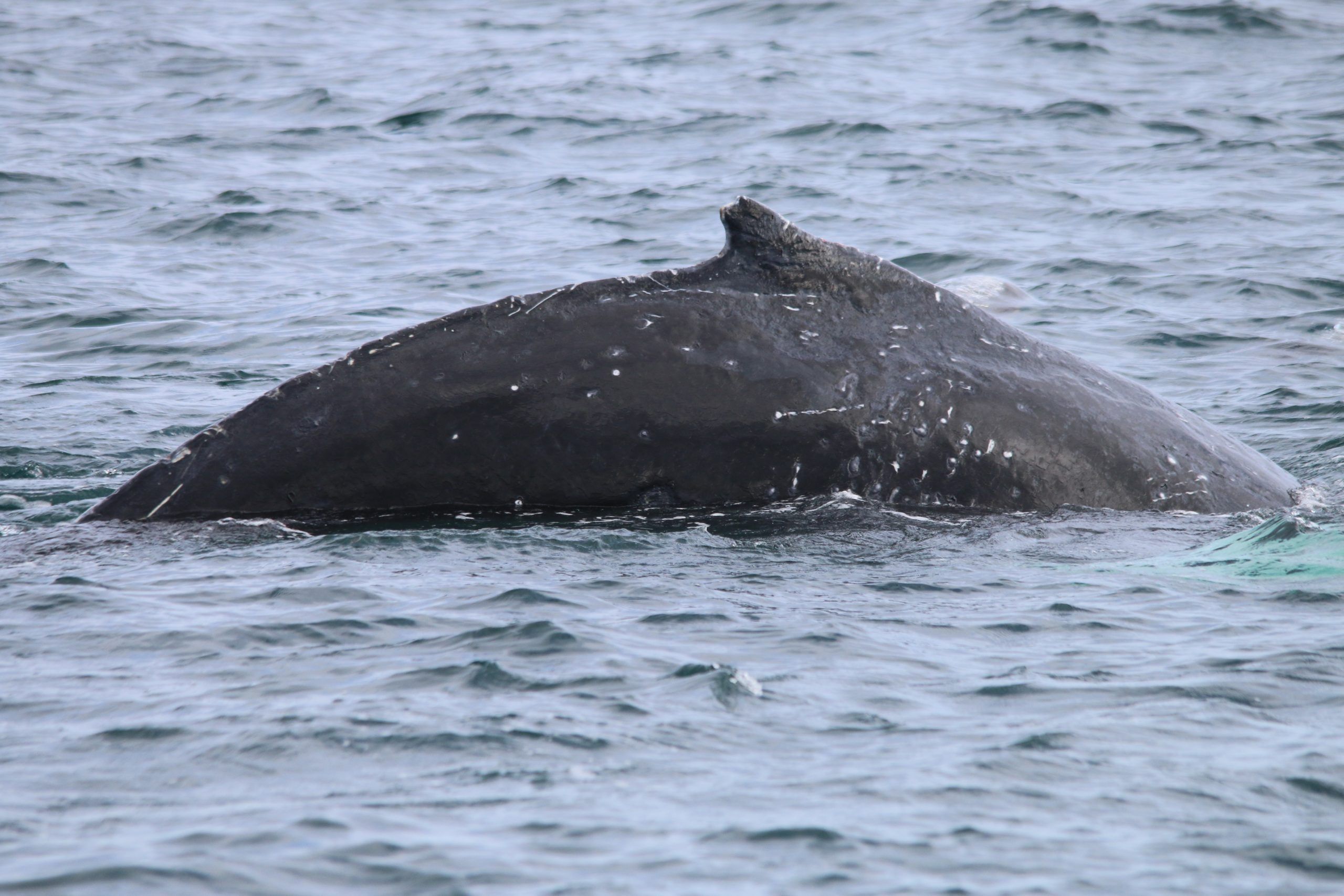Although once rare, Humpback whales are now being encountered with increasing regularity in Scottish waters. They are known to migrate through these waters between their feeding and breeding grounds. They can be easily distinguished from other baleen whales by knobbly tubercles on their heads and the distinctive hump in front of their small hooked dorsal fins. They have the largest forelimbs in the animal kingdom-leading to their scientific name- Megaptera meaning “giant winged”. They can be very active at the surface, tail and fin slapping as well as breaching and lunge feeding. Their blow is described as ‘bushy’ and can be up to 4m tall. When fully grown they can reach up to 17 metres in length and they may live for 50 years.
Action Needed
- Press for initiation of efforts to reduce entanglements.
- Support the collection of field data in order to inform wider management decisions and conservation efforts.
- Ensure the Scottish Biodiversity Strategy is fully implemented
Threats
Historically, humpback whales were targeted by commercial whaling and consequently global numbers dropped. In Scottish waters today, humpback whales face considerable threats from entanglement in fishing ropes and lines. Other threats include collision with vessels and noise pollution.
MSP Nature Champion




